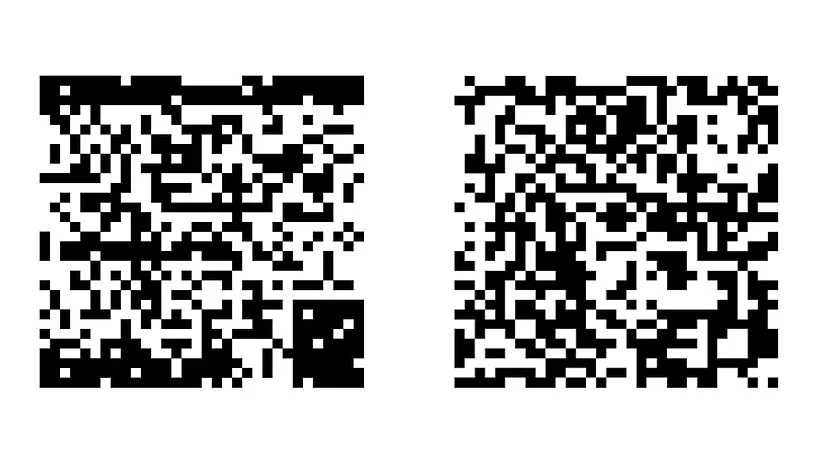People Experience Emotions with Computer-Generated Art
Does an emotional connection to art really require a human artist?
By University of Vienna
Computers and artificial intelligence (AI) are becoming increasingly important in the art world. AI-generated artworks fetch millions at auction, and artists routinely use algorithms to create aesthetic content. Now, a team of researchers from the University of Vienna has conducted experiments showing that, contrary to popular intuition, people perceive emotions and intentions when viewing art, even when they know the work was generated by a computer. The study was recently published in the journal "Computer in Human Behavior".
In a new study, a team from the University of Vienna, in collaboration with the Humboldt University of Berlin, led by Theresa Demmer, investigated whether people respond emotionally to, or perceive intentionality in, art that they believe was generated by a computer. The researchers presented participants with abstract black-and-white artworks, explaining that the artworks were either randomly generated by a computer or intentionally created by a person to evoke emotion.
"For the computer-generated images, we avoided using AI or a self-learning algorithm trained on human-generated images but chose to use a very simple algorithm instead. The goal of this approach was to produce images that were completely independent of human-made influences, striving for the greatest possible freedom from human bias," Demmer explains. No part of the research getting into the more technical topic of if and when computers can make art that looks indistinguishable from what humans could create.
Left picture: ‘Portrait of Edmund de Belamy’ by Obvious (2018) (https://obvious-art.com) generated with a GAN (Generative adversarial network). Middle picture: Example for GAN generation used in Elgammal et al. (2017). Right picture: Example for CAN (Creative adversarial network) generation used in Elgammal et al. (2017).
Before viewing each artwork, participants were told whether it was supposedly created by a computer or a person - this information was true in half of the cases. The participants were then asked to rate the artworks based on several dimensions. In addition, they were asked to indicate the emotions they personally experienced while viewing the artworks, the emotions they believed the artworks were intended to evoke in viewers, and the emotions, if any, they believed the artists themselves felt while creating the artworks.
The results showed that participants almost always experienced some emotion and perceived some level of intentionality.
The study thereby provides new empirical evidence that people can form emotional attachments to computer-generated art. So contrary to common assumptions, people seem to perceive emotions and intentions even when they know that something was created by a computer. However, they reported stronger emotions and rated the artwork more positively if it had actually been created by a person - even when they got the wrong information that the art was computer-generated. Thus, the results also show that a subtle but significant difference in emotional impact remains between human and artificial art. This could point to specific characteristics in man-made art that are perceived by viewers.
Left: example of the human generated artwork; Right: example of the computer-generated artworks C: Theresa Demmer
Overall, the results raise new questions for human-computer interaction and the growing role of AI as a creative entity in art, design, and entertainment. How do humans respond to more complex artworks generated by AIs, and what are characteristics by which humans can distinguish computer- and human-generated art, if any? Further studies are needed to understand the complex relationship between humans and machines in this field.
Provided by University of Vienna
Reference: Theresa Rahel Demmer, Corinna Kühnapfel, Joerg Fingerhut, Matthew Pelowski. Does an emotional connection to art really require a human artist? Emotion and intentionality responses to AI- versus human-created art and impact on aesthetic experience. Computers in Human Behavior (2023). DOI: 10.1016/j.chb.2023.107875



